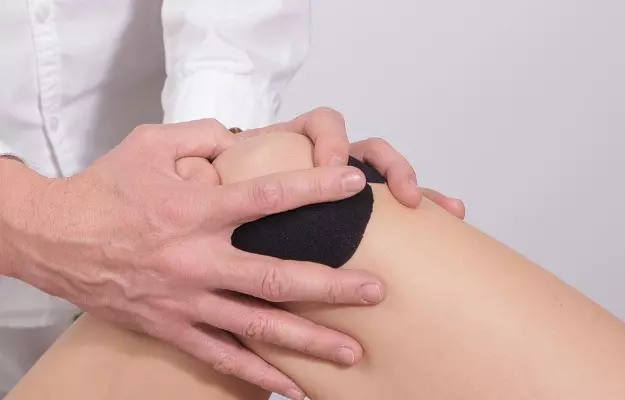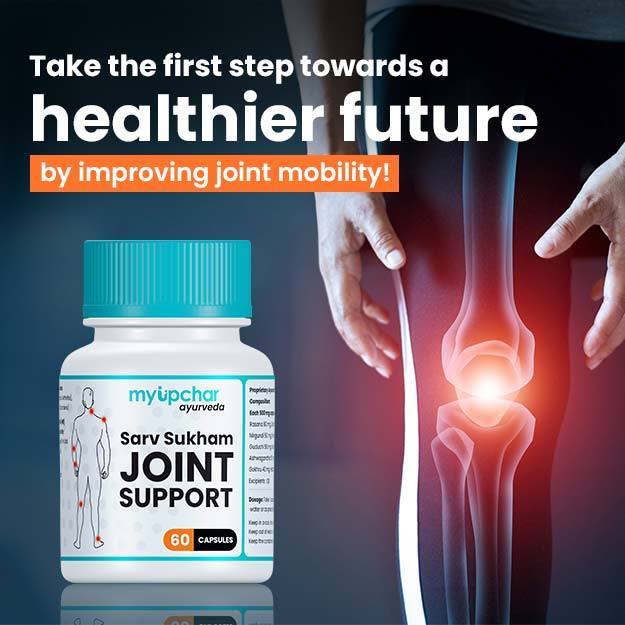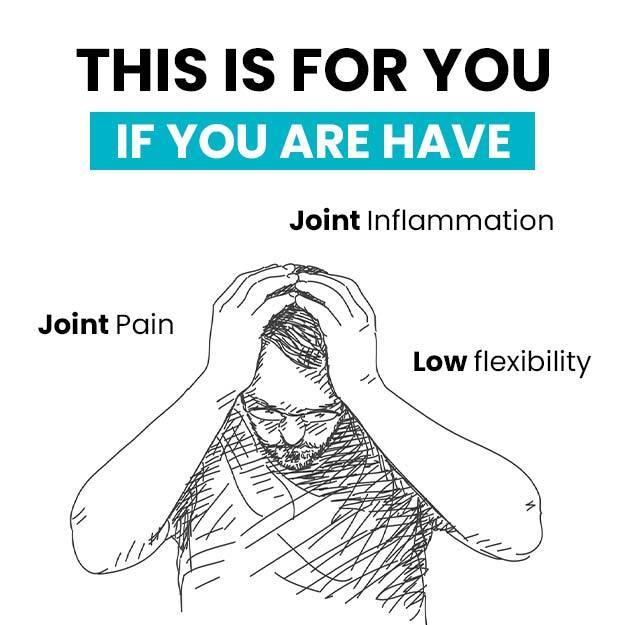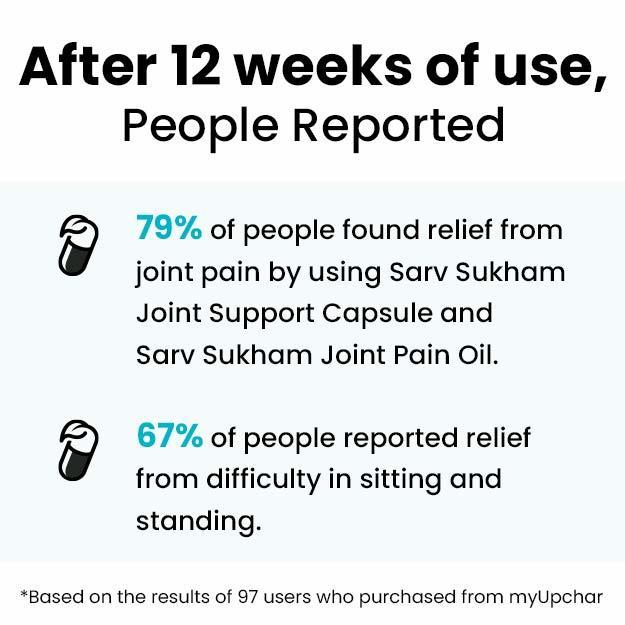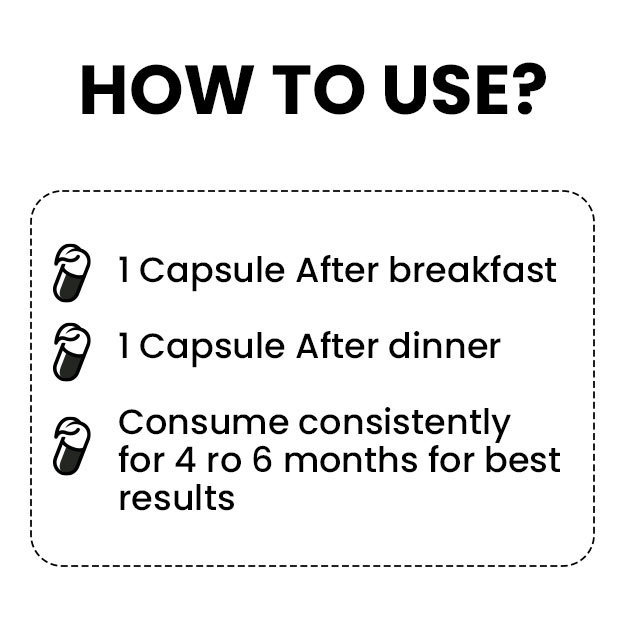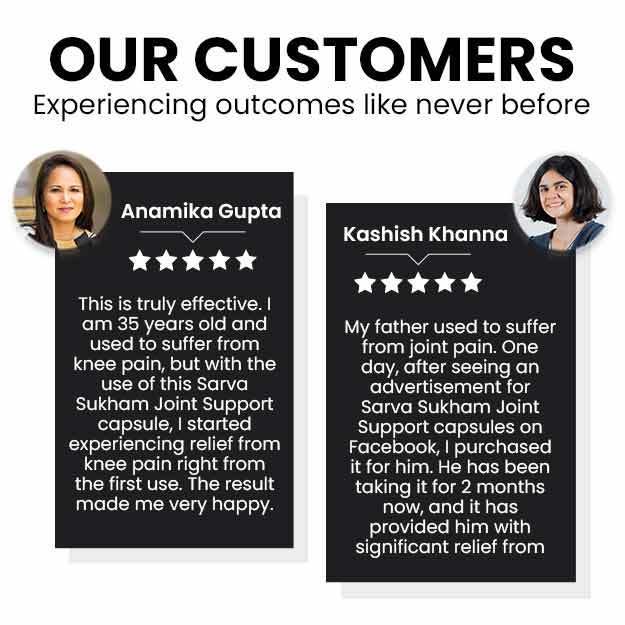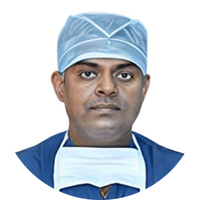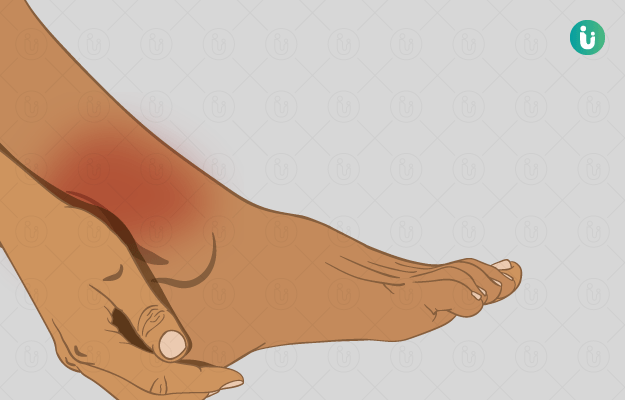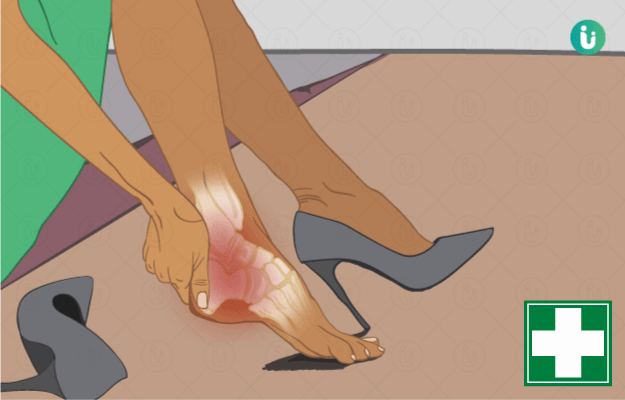Knee is one of the largest joints of the body. Connecting the upper and lower legs, it moves like a hinge providing back and forth, and to some extent, pivoting and twisting motion.
However, it is quite susceptible to injury. Sudden jerk, accidents or falling traumatizes the supporting structure of the knee joint, leading to pain, swelling and temporary or long term loss of movement.
Knee sprain is a type of knee injury that occurs when the ligaments or supporting structures in the knee joint gets torn or overstretched.
Human knee is composed of four ligaments that connect the bones on either side of the knee to the joint. These include:
- Anterior cruciate ligament (ACL) and posterior cruciate ligament (PCL): Anterior cruciate ligament and posterior cruciate ligaments stabilize the knee joint from front and back respectively in an "X” shaped pattern. Stopping suddenly, over-straightening or direct injury to the knee from the front could injure these ligaments. ACL and PCL knee sprain are often witnessed by players of football, basketball, soccer, rugby, wrestling, gymnastics and skiing.
- Medial collateral ligament (MCL) and Lateral collateral ligament (LCL): MCL cushions the knee from medial or inner side and LCL supports the knee from the lateral or outer side. When trauma hits from the outer side, MCL injury can occur, alternatively, if the trauma hits from the inner side of the knee, LCL injury might occur - although it is rarely encountered.
According to Harvard Medical School, a sprained joint severely restricts movements. However, if the ligament is severely torn it may lead to loosening of the joint, which is not able to support and stabilise the attached bones. Bones attached to such joints then start to extend beyond their normal range of motion making it difficult to perform everyday tasks.

